Learning to fly a plane is an exciting dream for many and the journey from start to finish can be rather confusing for today’s aspiring pilot.
Whether for personal satisfaction or to take the first steps in a promising career in aviation, obtaining a private pilot’s license is an exciting and rewarding endeavor.
However, it’s not a journey to be taken lightly. The path to becoming a pilot involves a significant commitment of time, effort, and money. This article will guide you through the process, from choosing a flight school to passing your exams and completing ground school.
Choosing a Flight School
Your first crucial decision is selecting the right flight school.
There are two primary types of flight schools as regulated by the Federal Aviation Administration (FAA) in the United States: Part 61 and Part 141 schools.
This distinction refers to the parts of the FAA’s regulations under which they operate.
Part 61 Schools
Part 61 schools offer a more flexible approach to flight training. They can customize your training program, which can be beneficial if you have a tight schedule. However, they often require more flight hours before you can get your license.
Part 141 Schools
Part 141 schools, on the other hand, must adhere to a strict training outline approved by the FAA.
They usually have a more structured, standardized curriculum, and may offer a lower minimum flight hour requirement.
This type of school is often a good choice if you’re considering a career in aviation and want a rigorous training program.
Before making a choice, research your prospective schools. Visit them in person if possible, and meet the instructors.
Look at the aircraft they use for training – you want them to be well-maintained.
A good sign of a reputable school is one that boasts a high pass rate among students.
Costs Involved
Learning to fly is not cheap. Costs can vary widely depending on the school, the aircraft you train in, and how quickly you learn.
Typically, you can expect to spend between $8,000 to $15,000 to earn a private pilot’s license.
The costs associated with flight training generally include:
- Ground School costs: You will have to pay for your ground school materials and instructor’s time.
- Aircraft Rental: This includes the cost of fuel and, in most cases, the time of your flight instructor.
- Equipment: You’ll need to purchase a headset, charts, and other equipment.
- Exam Fees: The FAA charges a fee for your written exam and your practical test.
It’s crucial to budget for these expenses from the outset to ensure you can see your training through to its completion.
Studying for Your Exams
To earn your private pilot’s license, you’ll need to pass both a written knowledge test and a practical flying test.
The Written Exam
The written exam is a test of your knowledge on a wide range of aviation topics, including principles of flight, navigation, weather, and FAA regulations.
Most aspiring pilots use ground school to prepare for this exam. I highly recommend this approach – especially if you haven’t been in school in a while.
You can attend ground school in a traditional classroom setting, an online course, or through self-study.
Many find the structured environment of a classroom or online course beneficial, but if you are disciplined and comfortable learning independently, self-study with the right materials can be just as effective.
Consistent study habits are key. Review the material regularly, and use practice tests to identify your weak areas.
Consider forming a study group with fellow students to keep yourself accountable.
The Practical Exam
The practical exam, or checkride, consists of an oral exam and a flight test with an FAA examiner.
The oral exam covers similar material to the written exam but in a more in-depth and practical manner.
The flight test then evaluates your ability to operate an aircraft safely and competently.
To prepare for the checkride, practice your flying as much as you can. Regularly review and practice the maneuvers and procedures you’ll need to demonstrate.
Your flight instructor will play an essential role in helping you prepare for this exam, so make the most of their expertise.
Ground School
Ground school is an essential part of flight training. It’s where you’ll learn the bulk of the theoretical knowledge needed to pass your exams and operate an aircraft safely.
Your ground school curriculum will cover subjects such as:
- Air law and ATC procedures
- Navigation and meteorology
- Aircraft general knowledge
- Flight performance and planning
- Human performance and limitations
- Operational procedures
As mentioned earlier, ground school can be undertaken in a classroom setting, online, or through self-study. The best method for you will depend on your learning style and schedule.
Conclusion
Becoming a private pilot is an exhilarating journey that opens up a world of possibilities.
While it involves substantial investment and effort, the rewards – whether personal or professional – make it a worthwhile pursuit.
Armed with an understanding of what to expect, you’re well on your way to earning your wings.
Happy flying!

